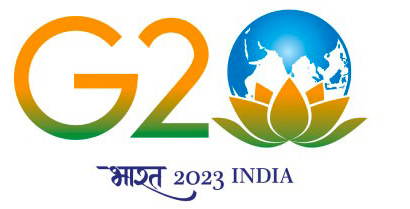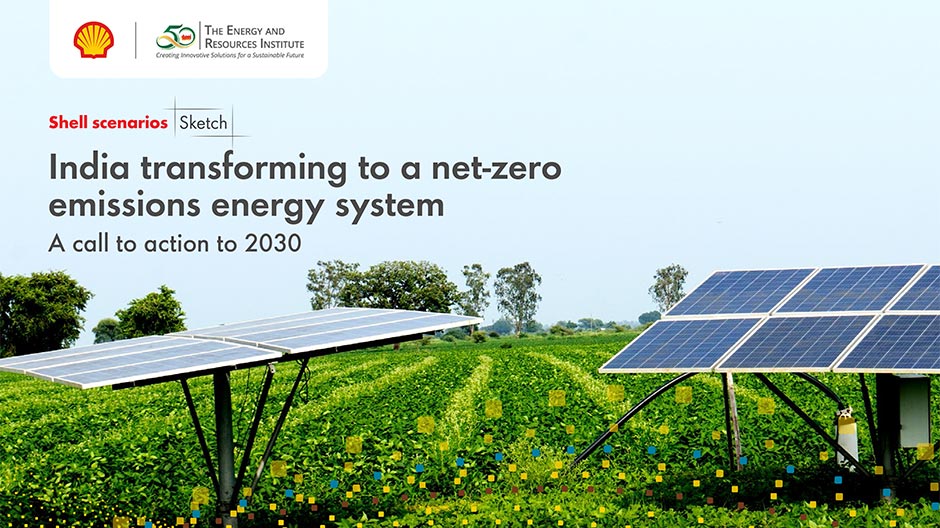At COP26 in Glasgow in 2021, India pledged to achieve net-zero emissions by 2070. Since then, the Intergovernmental Panel on Climate Change has released the synthesis of its Sixth Assessment Report warning of the consequences of inaction and the rapidly closing window of opportunity to secure a liveable and sustainable future for all. The World Meteorological Organization’s recent analysis said that global temperatures are now more likely than not to (temporarily) breach 1.5 degrees Celsius of warming sometime in the next five years.
Analysis by the Intergovernmental Panel on Climate Change and other reputable organisations indicate that the 2020s are a decisive decade for action if the world is to enter a trajectory to meet the goal of the Paris Agreement. The energy transition is already under way, requiring action not just to be sustained but accelerated over the course of this decade to keep average global temperature rise well below 2°C, and as close to 1.5°C as possible, above pre-industrial levels.
India submitted its nationally determined contribution to the United Nations Framework Convention on Climate Change under the banner of LiFE – Lifestyle for Environment – a mass movement for “mindful and deliberate utilisation, instead of mindless and destructive consumption”.
It commits the country to eight goals3, with three specific quantitative targets for 2030:
- increasing installed non-fossil power generation capacity to 50%;
- reducing the emissions intensity of GDP by 45% compared to 2005 levels; and
- creating cumulative additional carbon sink of 2.5-3 billion tonnes of CO2 equivalent through additional forest and tree cover.
India has an opportunity to lead by example. Unlike developed economies with large legacy (fossil-based) energy systems, India has an opportunity to build an energy system based on new lower-carbon technologies and fuels. Some legacy components exist but they represent a smaller proportion of the system, thus reducing the risk for lock-in to traditional fossil fuel infrastructure and increasing the opportunity to leapfrog to a low-carbon energy pathway.
India also can place itself at the forefront of the coming green energy and industrial revolution. By becoming a technology, manufacturing and supply chain hub for low-carbon goods and services, India can attract investment and create new jobs. Moreover, substituting energy imports (largely fossil) with (largely domestic) low-carbon energy can also reduce India’s exposure to global energy prices and volatility. Finally, given the strong synergies between climate action and economic development, India has the opportunity to both develop and decarbonise.
In this context, now is a timely moment to look at what India will need to do this decade in order to be on a trajectory to meet its net-zero emissions by 2070 target.
Shell-TERI India Scenarios Sketch, published in 2021, set out potential pathways for the country to drive deep decarbonisation of its energy system, in line with the goal of the Paris Agreement, Can a world desparate for immediate security also meet the long-term challenge of climate change?.4 It was one of the first assessments of the challenges and opportunities created from the journey to achieving net-zero emissions in the second half of the century, and has been referred to by various policy forums. This report builds on the Shell-TERI India Scenarios Sketch to systematically update sectoral progress towards decarbonisation. It highlights key areas where action needs to intensify this decade for India to be on course to meet its net-zero targets. Regardless of the specific year this century that India achieves netzero emissions, significant effort will be required this decade to sow the seeds of future success. Hence, this report focuses specifically on the period from now until 2030, on areas for action and policies to enable that action this decade.





